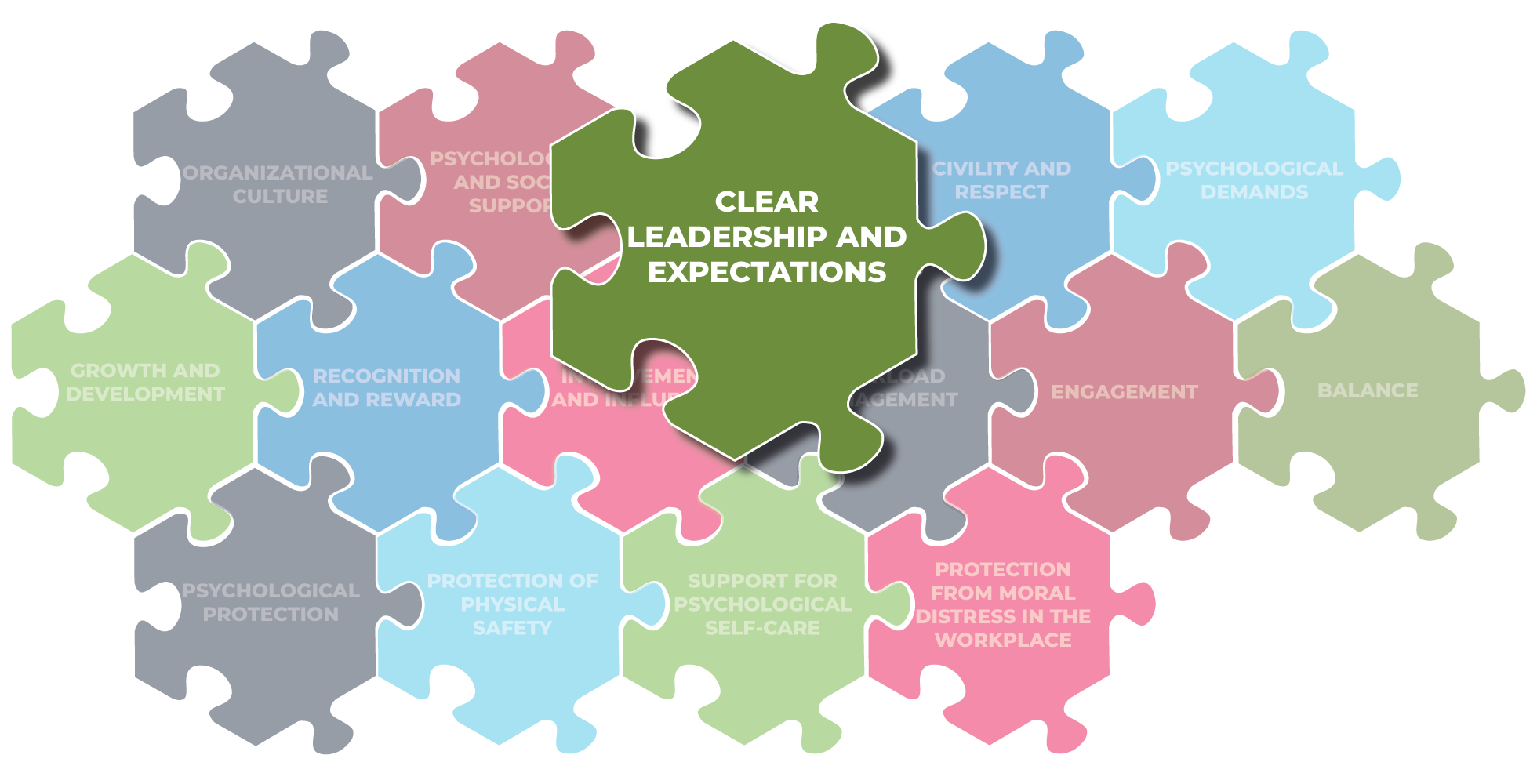Workload Management
Workload management refers to effectively allocating and distributing work tasks and responsibilities to maintain a manageable and sustainable workload for employees. It involves considering workload volume, complexity, time pressure, and available resources to prevent excessive or unmanageable work demands. The MHCC includes workload management in the national psychological health and safety standard due to its direct impact on employee well-being. Effective workload management prevents burnout, reduces stress and anxiety, and promotes a healthy work-life balance. Organizations can enhance productivity, boost morale, and minimize absenteeism and turnover by optimizing task distribution. Prioritizing workload management aligns with creating a positive workplace culture that values mental health.
Here are three practical ways frontline workers can contribute to effective workload management:
- Time Management and Goal Setting: Develop strong time management skills and set realistic goals. Break down larger tasks into smaller manageable steps and with achievable deadlines.
- Regular Check-Ins and Feedback: Talk to your supervisor about your workload and support you might need. Feedback goes both ways and is important for your organization to hear from you.
- Self-Care Practices: Prioritize self-care practices to manage stress and maintain overall well-being. Encourage breaks, engage in relaxation techniques and practice mindfulness. Taking care of oneself is crucial for sustaining energy levels and managing workload effectively.
Clear Leadership and Expectations
Clear leadership and expectations refer to the presence of effective leadership that provides clear direction, communicates expectations, and promotes a positive work environment. It involves setting realistic goals, providing feedback, and ensuring employees understand their roles and responsibilities within the organization. The proposed strategies include implementing regular huddles, a feedback process, and creating more inclusive decision-making environments.
Clear Leadership Expectations are crucial for:
- Guidance and Direction: Leaders clarify, reduce ambiguity, and promote purpose.
- Positive Work Environment: Clear expectations foster trust and collaboration, creating a positive workplace.
- Goal Alignment: Aligning individual goals with organizational objectives enhances efficiency and success
- Feedback and Recognition: Clear expectations effectively enable meaningful feedback and recognition contributions.
- Reduced Stress: Clarity reduces stress and anxiety, promoting psychological well-being.
- Enhanced Accountability: Well-defined expectations foster accountability, improving performance.
- Inclusive Decision-Making: Transparency in expectations creates an inclusive environment for decision-making.
Here are three ways frontline workers can contribute to clear leadership and expectations:
- Make It Visual: Ask for pictures, like charts or simple graphics, to show what's expected and how things work. These visual aids are like cheat sheets, clarifying things and giving you a real tool to understand better.
- Help Each Other Out: Team up with coworkers to help each other understand what's expected. Have open talks where everyone shares their thoughts and learns from each other. It's like being part of a friendly group where everyone understands things.
- Have a Say in Decisions: Speak up and participate in decisions in the organization. This could mean joining groups where frontline workers like you get a say in how things are done, like a town hall. This way, you feel like you're part of the team making important choices together.
Join us in implementing strategies to cultivate a balanced and empowered work environment.

